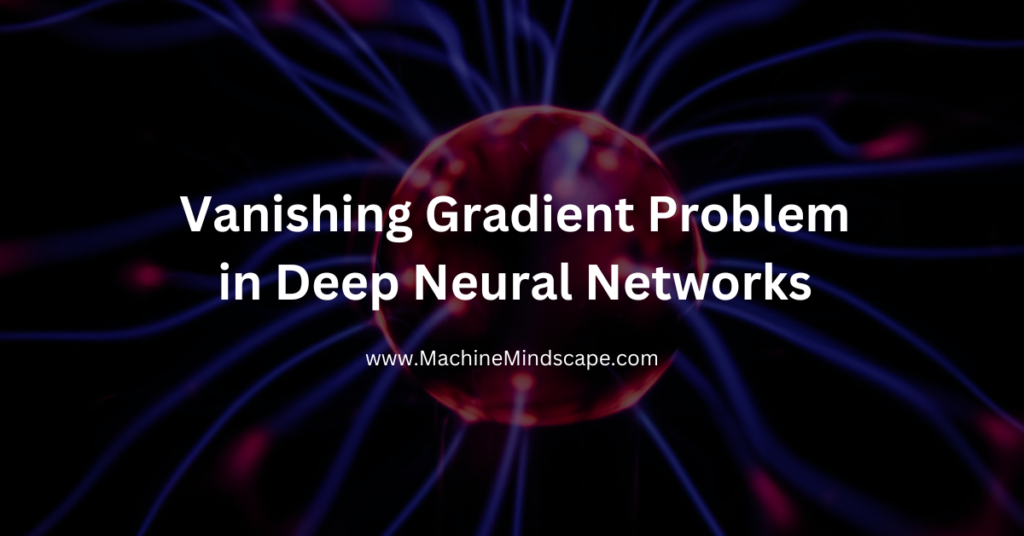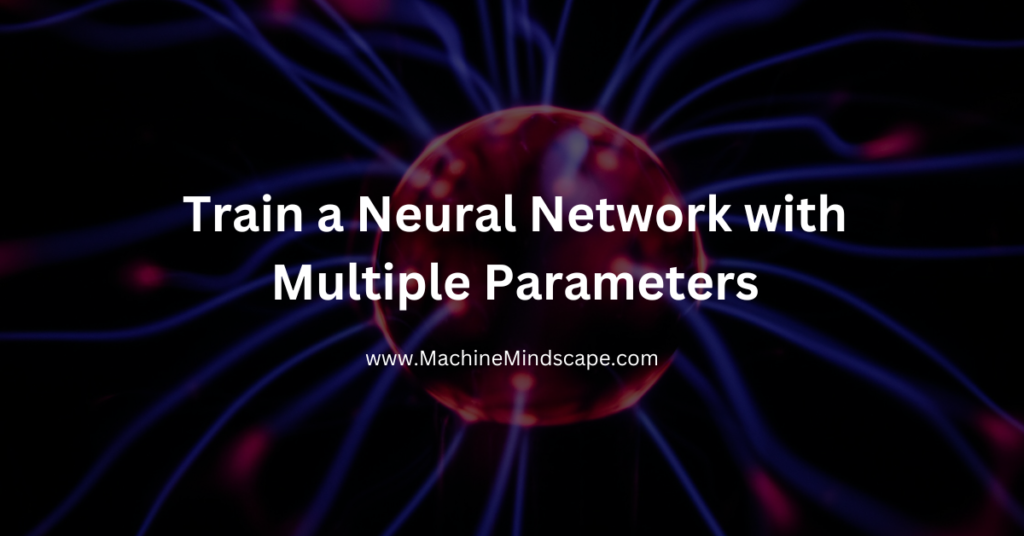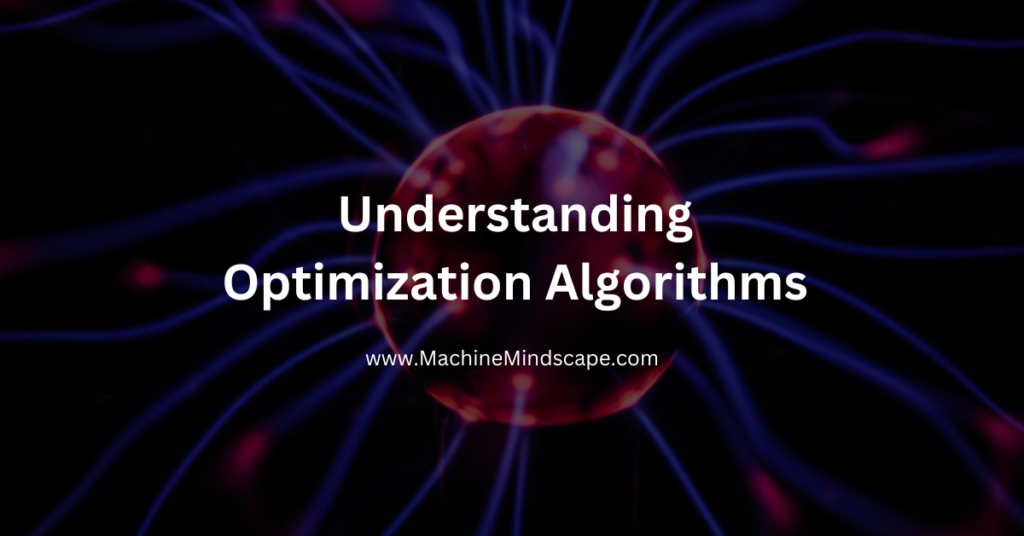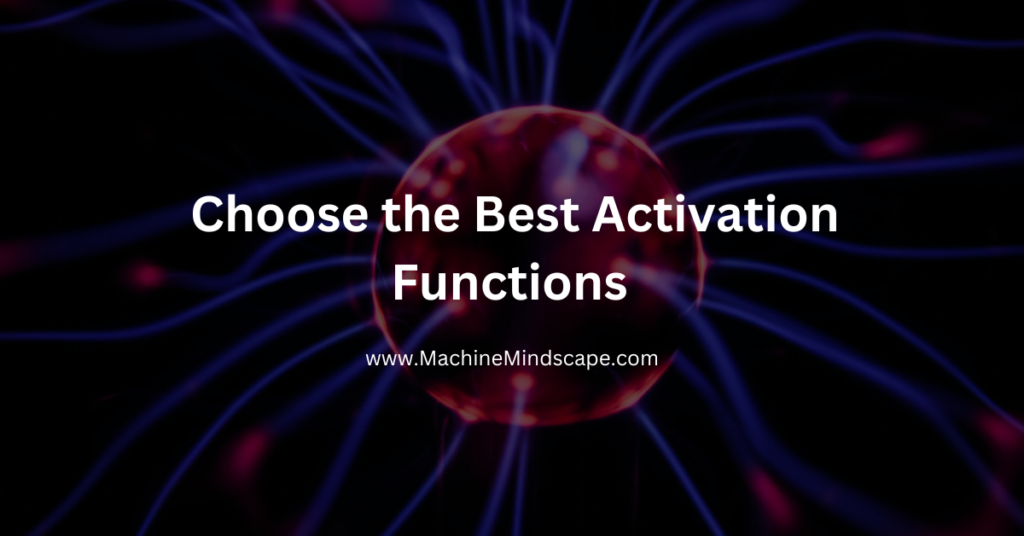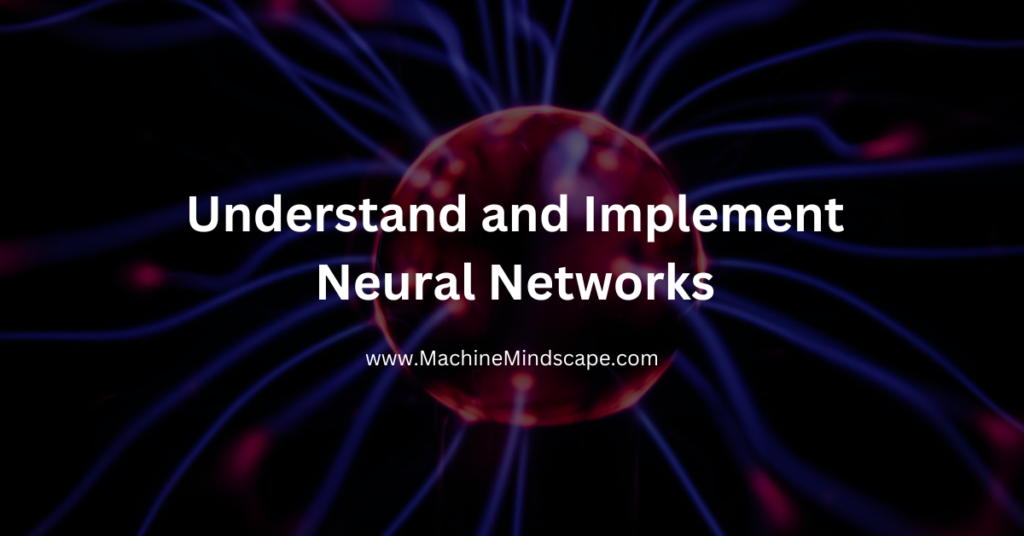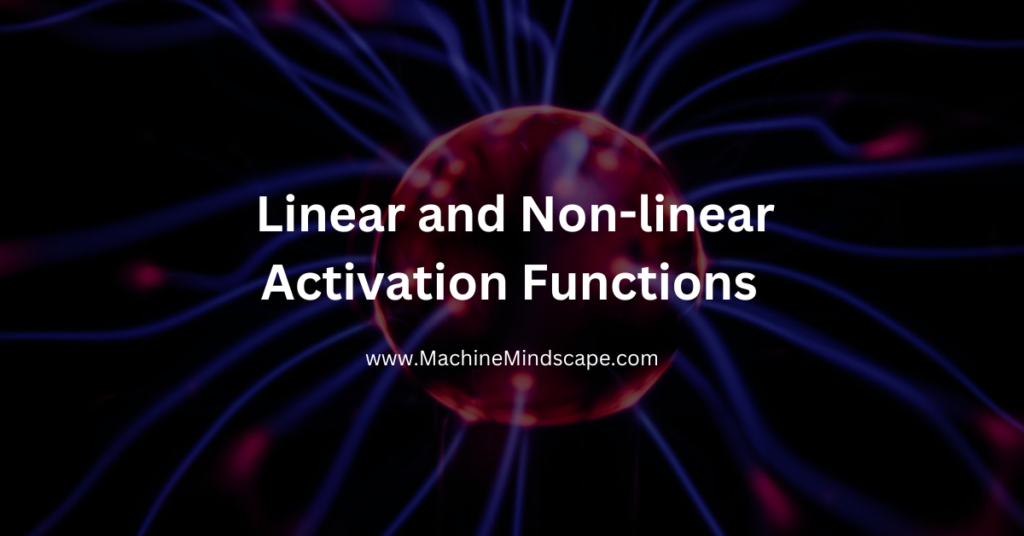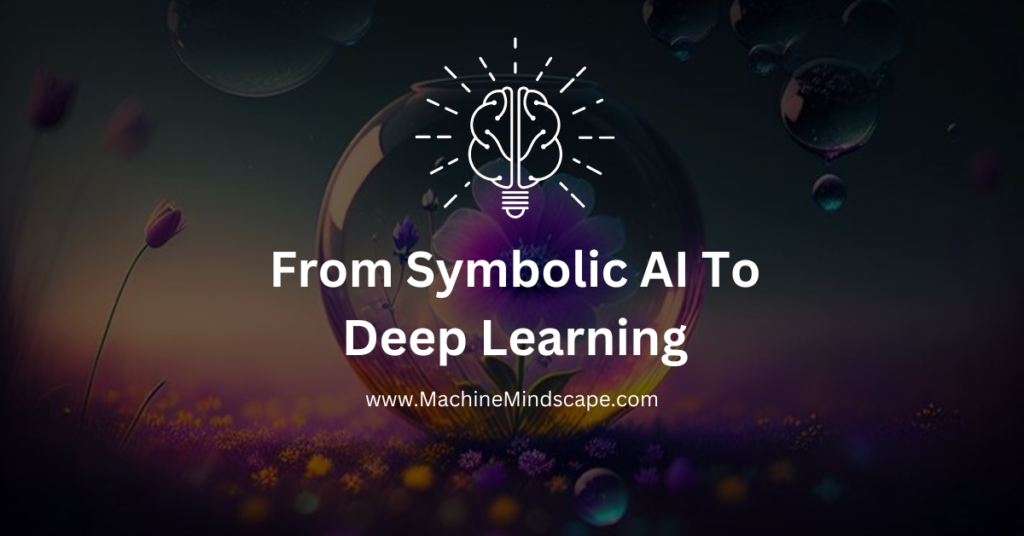How to Detect Vanishing Gradients in Neural Networks
Discover the common challenge of vanishing gradients in artificial neural networks and how it impacts the effectiveness of deep learning models. Dive into the root causes of this issue, explore the role of activation functions like sigmoid and tanh, and learn why deep neural networks are particularly susceptible. Uncover strategies to mitigate the vanishing gradient problem and optimize your neural network configurations for improved performance
How to Detect Vanishing Gradients in Neural Networks Read More »

